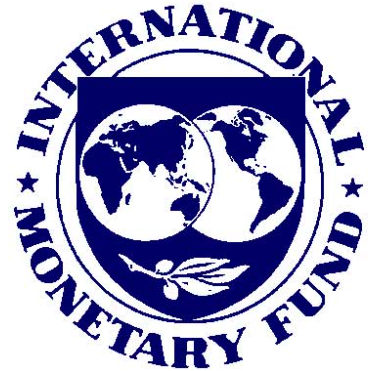May 14, 2021
The immense Parsian Sepehr Gas Refinery became operational April 15 in Fars Province.
“Costing $1.1 billion, the natural gas liquid (NGL) recovery plant has an annual capacity of 3.2 million tons of NGL. It will help complete the value chain and develop the downstream petrochemical sector,” Gholam-Hossain Nozari, head of the firm’s board of directors, was quoted as saying by the Oil Ministry news portal.
It took five years to build the plant.
The huge facility will receive 70 million cubic meters of natural gas from the Homa, Tabnak, Varavi and Shanoul gas fields in Fars Province each day and produce 3.2 million tons of ethane, propane and butane as feedstock to petrochemical plants in Assaluyeh, Bushehr Province, via a 63-km pipeline, Nozari said.
“An estimated 16 mcm of methane will also be produced annually for feeding the national gas grid.”
NGLs are a group of hydrocarbons, including pentane, ethane, propane and butane. These are differentiated from one another by the number of carbon atoms in their molecular chain. They have a wide variety of applications ranging from specialized fuels (propane, butane) to petrochemical feedstock to manufacture plastics and fertilizers.
In related news, the Iranian Labor News Agency (ILNA) quoted Behzad Mohammadi, managing director of the National Petrochemical Company, as saying three projects costing $6.4 billion to boost NGL feedstock are in different stages of construction and are scheduled to come on stream by 2023.
The projects are chiefly aimed at collecting and using flared gas from the southern oil and gas fields. Iran flares huge quantities of gas, which wastes resources and adds to pollution. It has a declared goal of capturing most of gas now flared.
“Three natural gas liquid projects, namely Dehloran Gas Refinery in Ilam Province, Kharg NGL Plant on Kharg Island in the Persian Gulf and the NGL 3200 project in Khuzestan Province, are being completed.”
According to Mohammadi, NGL 3100, a venture to collect and process associated petroleum gas from oilfields in Ilam and Dezful, will get six million cubic meters of gas per day from the Dehloran, Paydar, West Paydar and Cheshmeh oilfields.
In addition to the Sepehr Gas Refinery, two propylene and polyethylene catalyst units, worth $10 million, went on stream in Shazand County in Markazi Province April 15.
The units have an annual capacity of 32 million tons, which meets nearly half the demand of the domestic market, the NPC chief added.
Catalysts are key to producing petroleum, polymers and chemicals, and the petrochemical industry’s growth is intertwined with catalyst production. Likewise, production of most key chemicals depends on catalysts.
IMF says ‘official rate’ drives inflation
The multiple foreign exchange rate system in Iran is one of the main drivers of inflation in the country, the director of the International Monetary Fund’s Middle East and Central Asia Department said.
The IMF expects inflation in Iran to rise further this year and called for reforms as the economy recovers from the coronavirus crisis.
The IMF’s Jihad Azour said, “To address the issue of inflation, it’s important to address the issue of the multiple currency regime that exists in Iran, and this is something that would help not only address inflation but also improve the overall macroeconomic stability.”
The official rate has been set at 42,000 rials to the US dollar since 2018, but the open market rate has risen and is now around 250,000 or six times the official rate.
In 2019, the Central Bank of Iran set up a third currency trade platform, known as Nima (the Farsi acronym for Integrated Forex Deals System) where exporters sell their currency earnings to companies importing non-essential goods. Nima currency rates are usually lower than in the open market but higher than official rates. A dollar recently sold for 230,000 rials at Nima.
Successive governments in Tehran have intervened in the currency market and, as a matter of policy, stuck to multiple rates to prop up the national currency. However, the efforts have been in vain.
The dilemma of multiple exchange rates is a decades-old frustration for manufactures, businesses and economists who have repeatedly urged the government to stop selling some dollars for 42,000 rials for essential imports, mainly food and medicine. The highly controversial policy has led to rent-seeking and rampant corruption that the state has tried but failed to control.
Azour said reforming the financial sector and state-owned enterprises should be a priority, as well as providing more space to the private sector, which would help create jobs.
Iran asked the IMF last year for $5 billion in emergency funding to help fight the coronavirus outbreak. Azour said the request was still being studied “in order to get the necessary information to assess the balance of payments need and also the repayment capacity and debt sustainability.”
The government in Tehran says the loan request has been denied by the global lender due to pressure from the United States, the largest shareholder of the bank, which is said to have an “effective veto” over IMF policy.





















